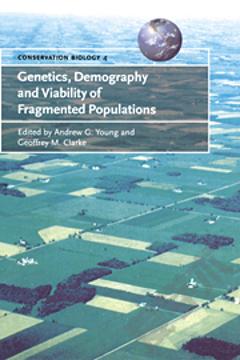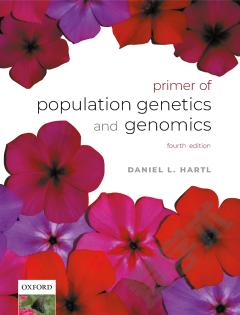Genetics, Demography and Viability of Fragmented Populations
Habitat fragmentation is one of the most ubiquitous and serious environmental threats confronting the long-term survival of plant and animal species worldwide. As species become restricted to remnant habitats, effective management for long-term conservation requires a quantitative understanding of the genetic and demographic effects of habitat fragmentation, and the implications for population viability. This book provides a detailed introduction to the genetic and demographic issues relevant to the conservation of fragmented populations such as demographic stochasticity; genetic erosion; inbreeding; metapopulation biology and population viability analysis. Also presented are two sets of case studies, one on animals, the other on plants, which illustrate a variety of approaches, including the application of molecular genetic markers, the investigation of reproductive biology, and the combination of demographic monitoring and modeling, to examine long-term population viability.
{{comment.content}}








 京公网安备 11010802027623号
京公网安备 11010802027623号